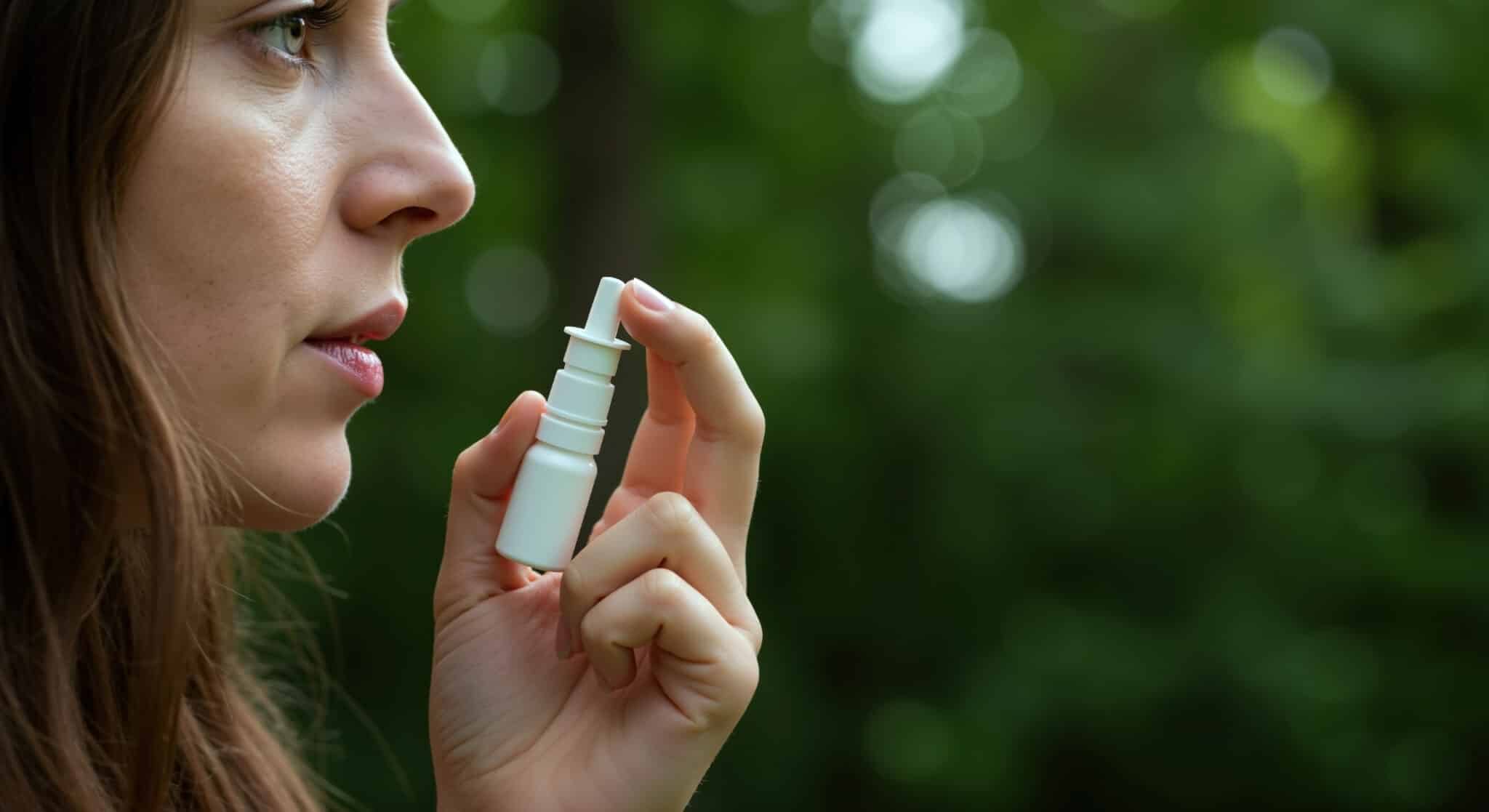A Terrifying House Call
Historically, before science could uncover the reason that a disease ravaged the human body, people would first turn to faith and superstition. Few occasions better illustrate the relationship between sickness and superstition on a grand scale than the Black Death.
Caused by the bacterium Yersinia pestis and carried by the gross combination of fleas and rats, people infected with the Black Death would typically experience the sudden onset of fever and chills. As the infection progressed, sufferers would discover swollen, tender growths in their groin, armpit, or neck. These growths were the swollen lymph nodes, known as buboes—thus, the bubonic plague. Ultimately, as there were no antibiotics at the time, the sufferers would die. This was no small outbreak, as 35-50% of the population of Europe succumbed to the Black Death. The rampant fear and death created the perfect situation for superstition to create arguably the most terrifying profession of the middle ages: the plague doctor.
The infamous ensemble was first created as a standardized “uniform” in 1619 by Charles de l’Orme, chief physician to French kind Louis XIII. L’Orme described an ensemble as having “[a] nose half a foot long, shaped like a beak, filled with perfume… Under the coat, we wear boots made in Moroccan leather (goat leather)…and a short-sleeved blouse in smooth skin…The hat and gloves are also made of the same skin…with spectacles over the eyes.”
The design was based on the prevailing medical theory at the time: miasma theory. This is the idea that all sickness and infection is carried by bad smells. So, if one were trying to avoid carrying or catching a sickness, one would simply need to 1) only wear fabrics that could not smell bad, and 2) not be exposed to bad smells. Fortunately, the plague doctor design covered both needs. A standard plague doctor uniform would be made of waxed leather cover every inch of skin. The recognizable, bird-like mask would be packed with spices like camphor, mint, cloves, and myrrh to protect the wearer for the bad smells in the air.
A typical plague doctor visit would consist of an exam (from a distance using a wooden cane), then, most likely, bloodletting. During the bloodletting phase of treatment, the plague doctor would cut the sufferer’s body. The area of the cut and amount of blood drained by the doctor was entirely dependent on which organ the doctor believed was causing the sickness. As a last-chance treatment, a doctor would have administered a poultice made from onion and butter, sometimes with sprinkles of dried frog or arsenic. Typically, the closer a patient was to death, the stranger the treatments became. Some sources even discuss coating a patient in mercury and heating them in an oven.
While the science was far from sound, the Black Death raised many questions about long-held medical practices and superstitions. Survivors started to research alternative treatments that were less reliant on superstition and faith, and more reliant on logic. While progress didn’t happen immediately, it’s safe to say that the plague caused a fundamental shift in thinking. Without it, Charles l’Orme’s uniform may still have be seen in your local CVS!
References:
https://www.mayoclinic.org/diseases-conditions/plague/symptoms-causes/syc-20351291 (accessed 11/11)
https://www.edgeofyesterday.com/time-travelers/medieval-house-call (accessed 11/11)
https://allthatsinteresting.com/plague-doctors (accessed 11/11)






